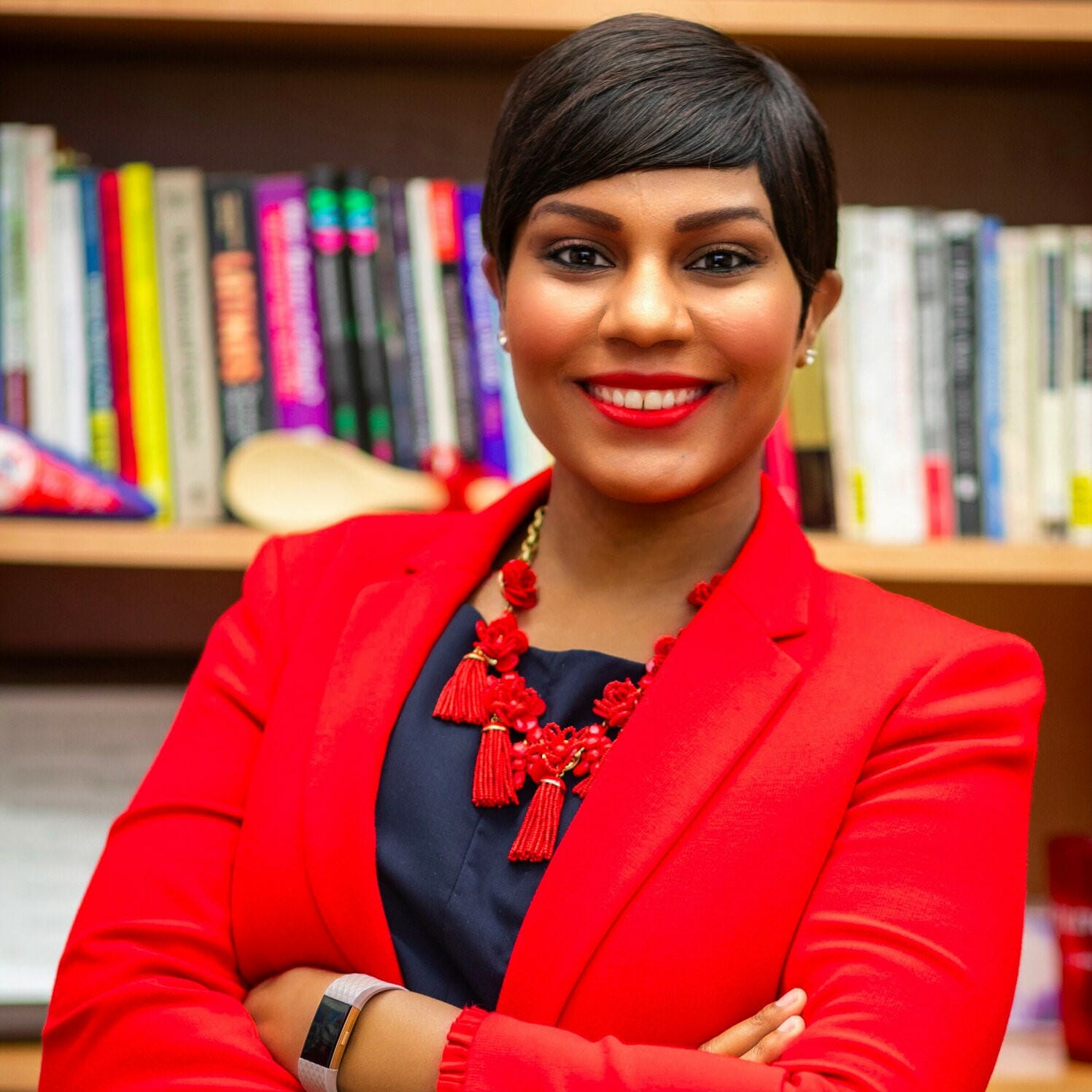Inclusive Communication: A Training for Higher Ed Leaders, Personal Development & Skill Building
Last updated February 8, 2021Course Length
1h 51m
Last Updated
February 8, 2021

Inclusive Communication: A Training for Higher Ed Leaders, Personal Development & Skill Building
Last updated February 8, 2021Table of Contents
Communicate more inclusively with those you lead and influence.
Overview
Leaders have a powerful role to play in setting the tone for the organizational culture. They must therefore be very conscious of how they communicate: leadership comes with visibility, so a failure to communicate in ways that make others feel safe and understood will be noticed by their teams and peers alike, and will negatively impact the group’s sense of engagement and belonging.
Join us for an online workshop that will help you as a higher ed leader make your everyday communication with others more inclusive. Through a blend of presentation, group discussion, and scenario-based working time, we will explore the following questions:
- Who is your audience and what are their needs?
- What is your role as a leader vis-à-vis the specific person or people you are addressing?
- How can you put your audience at ease and make them feel heard and seen in the way you are communicating?
- How can you communicate in ways that ensure that personhood and authenticity—for both yourself and those you are addressing—stay top of mind?
You will leave the workshop better equipped to make your communication—both day-to-day and formal —more audience-centered, more inclusive, and more effective for the people you lead.
Who should attend?
This training is intended for a) higher education leaders across functional areas at the Director level and above, and/or b) communications professionals who write for senior leaders. If this description matches your role AND you would like to learn how to be more audience-centered and inclusive in your communication with others, this training is for you.
Agenda
1:00 – 3:30 p.m. Eastern
Introduction: Who, What, and Why
To start off the workshop, you’ll have a chance to share why this topic is important to you and what challenges you currently face when it comes to inclusive communication as a leader. Our instructor will then discuss what inclusive communication means and why it’s so important for leaders to understand and practice.
Part I: Understanding Your Audience and Their Needs
The first step to inclusive communication is understanding your audience and their needs. To help you practice, we’ll review 2-3 real-life scenarios as a group and identify a) the different audience segments the leader needs to consider and b) their specific needs.
Part II: Responding to Audience Needs in Your Communication
Having identified your audience and their needs, the next step is to communicate with them in ways that foster psychological safety, humanize and personalize the interaction, and encourage you as a leader to find value in visibility. You will learn strategies you can put to use around the following kinds of questions:
- As the leader, how can you put people at ease by normalizing mistakes and not knowing?
- How can you best employ listening and question-asking as part of your communication?
- How can you help people understand who you are so they receive your communication authentically and know where you are coming from?
- What opportunities can you capitalize on as a leader to build connection and engagement outside of planned/structured interactions with others?
Using scenarios, you’ll have the opportunity to apply what you learn in small groups.
Tagged In
$595

Keisha Dabrowski
Associate Vice Chancellor for Administration and Engagement, Rutgers University

